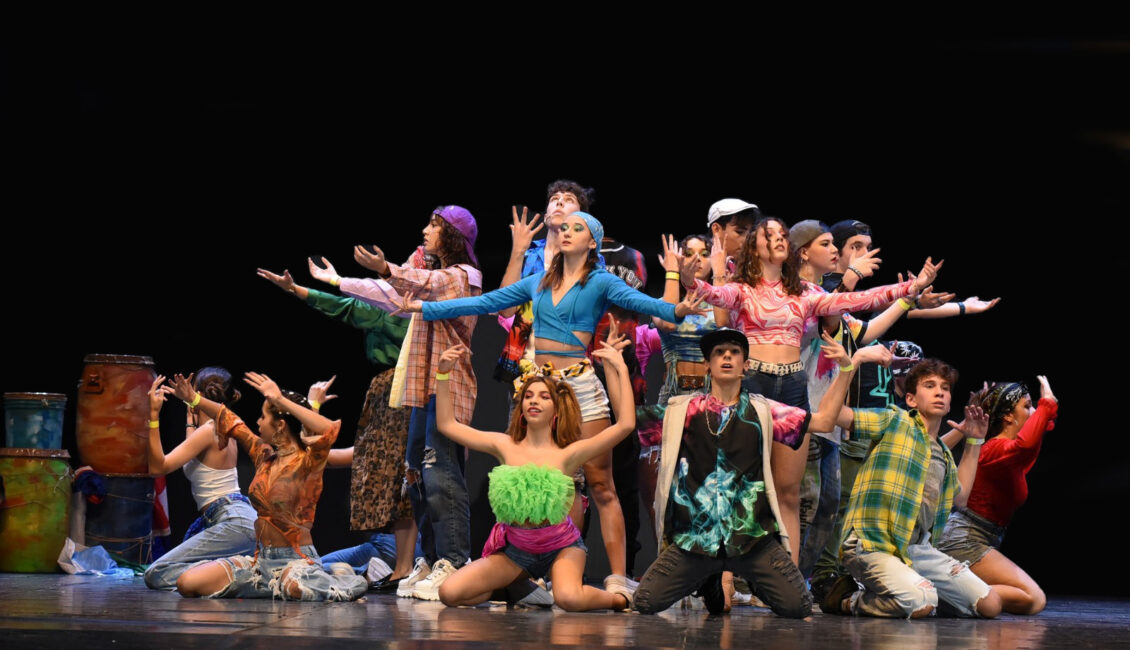
REGULATIONS – MUSICAL
1. Introduction to the Discipline
Musical theatre is a complete scenic art that combines theatre, dance, and singing within a performative narrative.
To participate, each performance must be inspired by the musical repertoire (theatre, film, animation), with a clearly defined story and performers representing specific characters.
Each performance must include at least two of the three core disciplines of musical theatre: acting, dance, and singing.
2. Eligible Categories
Age Groups:
-
Musical Mini: 5–8 years
-
Musical Youth: 9–12 years
-
Musical Junior: 13–16 years
-
Musical Adult: 17–25 years
-
Musical Senior: over 25 years
Performance Categories:
-
Solo – max 3:30 minutes
-
Duet / Trio – max 3:30 minutes
-
Small Group (4–6 performers) – max 4:00 minutes
-
Ensemble (7+ performers) – max 8:00 minutes
⚠️ Participants who are students or graduates of nationally renowned professional academies, or professionals in the field, are not eligible to compete.
3. Technical Requirements
Acting:
Dialogues, monologues, short lines, or simply scenic character interpretation are allowed.
❗ Vulgar, discriminatory, or gratuitous content is strictly prohibited.
Dance:
All styles are permitted, whether choreographed or scenic movement. There are no restrictions regarding genre.
Singing:
-
Lead vocals must be performed live
-
Backing vocals may be pre-recorded (no full playback)
-
The jury will also evaluate vocal quality
-
Each performer must have their own personal microphone holder (e.g., headset support)
🎤 The organization will provide between 5 and 7 headset microphones, depending on the venue.
4. Music and Content
-
Music tracks must be in .mp3 format and of high quality
-
The use of vocal back tracks (instrumental duplication of the vocal melody) is strictly prohibited
-
Music submission will begin on October 1st, when the Secretariat will send the Choreography Form link to all registered schools
5. Costumes, Scenic Elements and Safety
-
Costumes and stage setup are considered an integral part of the performance and will be judged accordingly
-
The use of props and small scenic elements (e.g., tables, chairs, benches) brought by the performers is allowed
-
All scenic elements must be safe, easy to manage, and consistent with the performance
6. Evaluation and Judging Criteria
Performances will be evaluated based on the following criteria:
-
Vocal and singing technique
-
Acting and stage presence
-
Choreography and use of space
-
Costume, makeup, and scenic coherence
-
Originality, storytelling, and overall impact



